Growing your plants in your backyard is a fun hobby that can produce a bounty of fresh, tasty food. Exercise, fresh air, landscape improvement, and pleasure are just some of the advantages of gardening. Aside from that, it helps people eat a healthier diet by minimizing the money they spend on food. In addition, because of the higher quality and wider variety of locally produced foods, many people prefer them to store-bought alternatives.
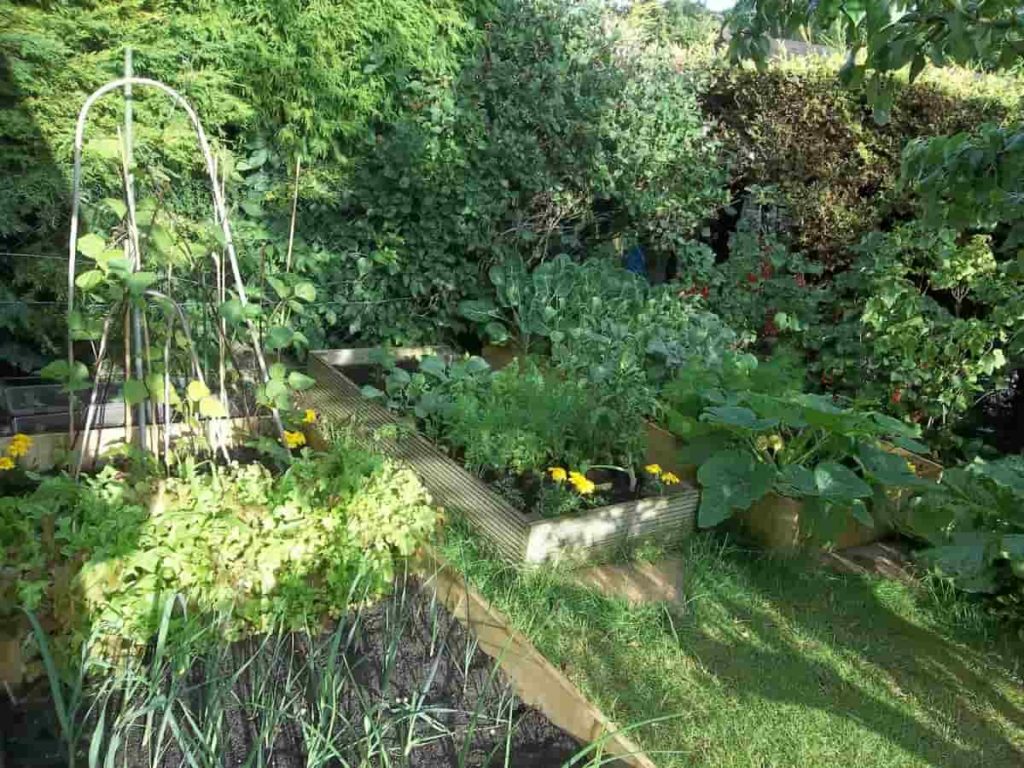
Below we will learn about Columbus backyard gardening, Columbus’s climate and USDA hardiness zones, when to start planting in Columbus, Ohio, how to grow different fruits, vegetables, flowers, and herbs in Columbus, Ohio, and a step-by-step guide to starting a backyard garden in Columbus, Ohio.
About the climate and USDA hardiness zones of Columbus
Zone 6 of the USDA’s hardiness map has Columbus, Ohio. Zone 5 and Zone 6 are the only USDA hardiness zones in Ohio. Zone 6 covers the majority of the state. However, there are pockets of Zone 5 throughout. Zone 5 encompasses much of the state’s middle, as well as parts of the northwest and northeast, and a sliver along the western border. In addition to a few smaller portions of Zone 5, most of the state’s Zone 6 sits there.
The climate of Columbus, Ohio is humid continental, with hot, humid summers and cold, snowy winters. At least four months of the year have temperatures over 10 degrees Celsius (50 degrees Fahrenheit), whereas the coldest months have temperatures below zero degrees Fahrenheit (32 degrees Celsius). Temperatures are above 32 °F (0 °C) during the hottest months and below 18 °C (64.44 °F) during the coldest months, making the climate transitional with the humid subtropical climate to the south.
Zone 6a of the USDA’s hardiness map encompasses Columbus. A lack of significant winter storm systems like Nor’easters means that snowfall is generally modest in the city throughout December and January. Even yet, Lake Erie’s lake-effect snow is not likely to significantly impact the weather in this area since it is located too far south and west. The extreme weather that characterizes the Midwest affects Columbus. Thunderstorms may produce lightning, big hail, and even tornadoes, particularly in the spring and autumn.
Columbus backyard gardening: A step-by-step guide to starting a backyard garden in Columbus, Ohio
Choose the perfect location in your backyard
The placement of your garden is critical. If possible, choose a spot for your garden that gets enough sun, is close to your home, has excellent soil, and is near a water source. Most plants need a lot of sunshine to thrive. Plan to grow leafy vegetables in regions that are likely to get shade, such as broccoli, collards, and spinach. Any plant should not be planted entirely in the shadow.
It is impossible to have a healthy garden if large trees, hedgerows, and hedges are present. The garden should be near your home so you can see it often. By keeping an eye on your garden from a close distance, you may catch pests, diseases, and weeds in the early stages of development before they do major harm. You’ll be able to squeeze in some time in the garden or picking fruit if you live in a handy area.
If you’re searching for a place to plant a garden, don’t focus so much on the specific soil type as on things like high fertility, adequate drainage, ease of tilling, moisture retention, and deep topsoil. Organic matter may be added to the soil to enhance the area.
A backyard garden that is not adequately watered will provide just fair results. There will always be some moisture loss from the soil, even with mulch and organic matter, but they cannot ensure a constant moisture supply. The garden should be close to a water supply so it can be watered often.
Prepare the soil in the selected spot
For the home gardener, soil testing is a critical step. Soil test results tell you how much fertilizer you need to put into your soil to get the best results from your plants. Liming suggestions are based on the results of a soil test, which establishes the soil’s pH. Soil with a pH of 6.0 to 6.5 is ideal for most plants. To grow plants in more acidic soil, the pH of the soil has to be lower than 5.
In case you missed it: How to Prepare the Soil for Aloe Vera Plants: Best Soil Mix, pH, Compost, and Recipe
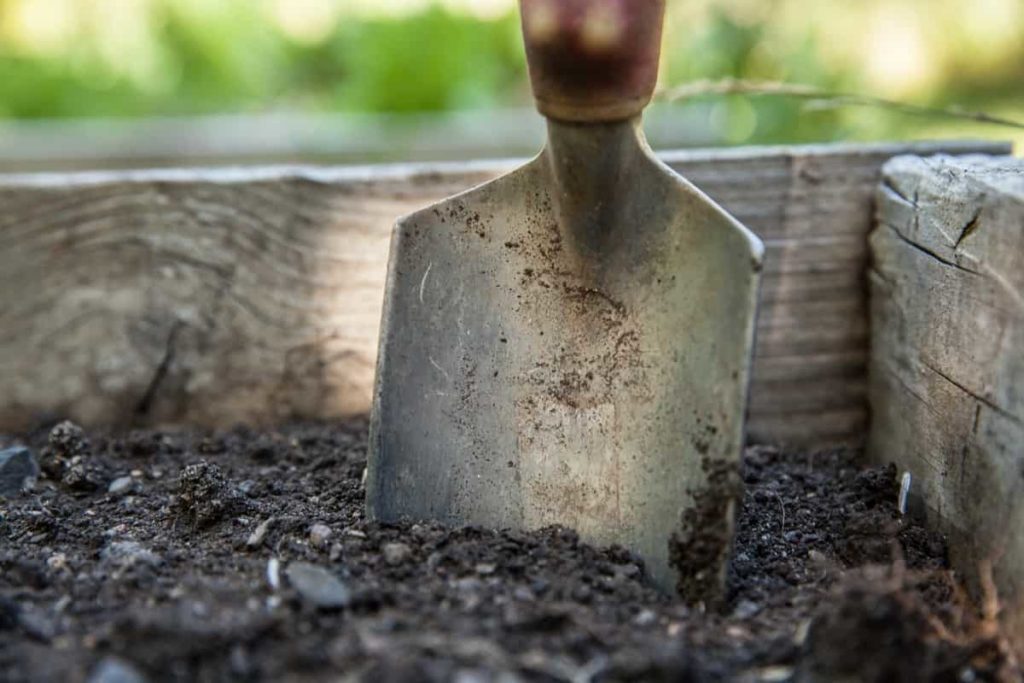
Lime should be used three to six months before planting for optimum benefits. Lime should be used before soil preparation in the autumn. Preparations made in the fall will guarantee that the soil is ready for planting in the spring. The remaining litter should be hacked and turned in the autumn to speed up decomposition and help reduce disease. This is done in the furrow. Prepare beds or ridge rows in the autumn so the tops of the beds or ridges will dry out for early plantings of cool-season or early spring crops in January, February, or March.
When feasible, amend the soil with organic materials. Soil tilth is improved, moisture is conserved, and root growth is aided. Because of the constant cultivation and high temperatures, organic matter decomposes quickly in garden soils. Composting is an excellent method for replenishing this depleted organic matter. Weeds, straw, hay, leaves, and manure may be used to make good compost.
To learn more about composting at home, contact your local Extension agent. During the autumn garden plot preparation, manure, leaves, and other items can be applied straight to the garden and stirred into the soil. Soil improvement crops like red clover, rye, wheat, or vetch can be planted in the winter if your garden is big enough. While the summer crops are being collected, scatter crimson clover seed throughout a garden section.
It is possible to combine red clover seed with turnip seed; this will not affect the turnips in any way, and the resulting mixture will provide healthy spring growth once the turnips have been harvested. Before sowing in the spring, applying some sort of nitrogen like nitrate of soda, ammonium sulfate, or nitrate of soda on a thick cover crop is advisable.
Start planting in your backyard
Gardening is a long-term commitment that doesn’t only take a single day. Plan your plantings and stick to them as precisely as possible. There are several advantages to using a heavy rope to assist in planting. Two rows can be marked off using four stakes and a length of thread or cord twice as long as the garden, saving the gardener a lot of time. The kind of crop planted determines the width of the row.
Most crops should be planted in drills, but certain crops, like squash and melons, might benefit from planting in hills. An even row of plants is referred to as a drill. You can either use a little plow to form a furrow or walk backward while standing on the rope to pull the corner of the hoe blade down the string to open a row for planting big seeded crops like beans, peas, and sweet corn.
Small-seeded crops can be planted using the end of the hoe handle; however, some gardeners prefer to use a planter. There are a variety of compact, push-type planters that can successfully plant most vegetable seeds. Plant seeds at a depth greater than the plants can eventually grow to stand. This approach will allow for seeds that don’t germinate and immature plants that could otherwise be wiped off.
Some seeds, even those with a high germination rate, will not germinate. Blackbirds, crows, cutworms, and diseases may also harm a plant’s health and yield. After the plants have established themselves, trim off any extras to prevent overcrowding. Tweaking the plants before they get very large and spindly is the best way to avoid this. Over beds that have been seeded with highly tiny seeds, apply a 12 to 1-inch thick layer of straw mulch.
Protecting the seedlings and preventing soil from compacting around them is a major benefit of mulching. For drought-stricken areas, mulching may be particularly beneficial since it reduces the amount of water needed for germination and the growth of seedlings. Growing your plants in the backyard is an option; however, many vegetables grow better and sooner when started in a covered bed or box and moved to the garden.
Healthy plants require good seeds, clean soil, heat, light, water, and ventilation. When plants are retrieved from the bed, ensure they are healthy and free of disease before planting them. Immediately after planting, fully saturate the soil surrounding the roots with water to prevent air from getting in. Recover the wet soil by covering it with dry once it has been thoroughly soaked.
Start watering your backyard garden.
Your garden’s water requirements may vary based on the kind of soil, stage of plant development, the quantity of rain, and temperature. Still, most vegetable gardens need 1 to 112 inches of precipitation every week throughout the growing season. Maintain a consistent moisture level by watering often enough. In the absence of enough rainfall, a weekly application rate of roughly an inch on medium and heavy soils is sufficient.
It may be necessary to apply two or three 12-inch treatments each week on sandy soil. Soak the soil to the saturation point by running water through the furrows if the terrain is flat enough for this to work. Sprinkel irrigation is the best option for sandy soils or surfaces with large irregularities, whereas porous watering hoses may be used in any situation.
As a cautionary tale to keep in mind, prolonged watering might cause disease damage, particularly if it wets the leaves. Early morning or late-night watering prevents moist leaves throughout the day. In addition to wasting water, fertilizer is lost under the root zone due to overwatering.
Start fertilizing your backyard garden.
Agricultural fertilizers are marketed and sold according to their quality. The percentages of nitrogen, phosphorus, and potash are shown in these values. A 100-pound bag of 6-12-12, for example, contains 6 pounds of nitrogen (N), 12 pounds of phosphorus (P2O5) accessible for plants, and 12 pounds of soluble potash (K2O). Other nutrients, fillers, and conditioners make up the remaining 70 pounds.
When fertilizing your garden, use one of the following grades instead of one for each vegetable: 10-10-10, 6-12-12, or 5-10-15. Most garden crops can be grown successfully with these three classes. Instead of using a fertilizer with a particular analysis for each product, use a 10-10-10, 6-12-12, or 5-10-15 grade in your garden. Most garden crops can be grown successfully with these three classes.
When applying fertilizer, there are a few options: (1) broadcast a full bag and work it into the soil before planting; (2) broadcast half the bag before planting and apply the remaining fertilizer in 3-inch bands on either side of each row and slightly below seed level; or (3) apply one-third to one-half of the fertilizer in 3-inch bands during planting.
To help the plants get started to a good start, you can apply some fertilizer. Too much fertilizer around seedlings and young plants might be harmful. If you don’t weigh or measure the quantity provided per row, using too much fertilizer is simple because of the small amount needed for short rows and small plots. One pound is the approximate weight of a commercial fertilizer pint.
During the growth season, you may want to consider side-dressing and adding fertilizer to the soil next to your plants. It is essential to use proper side dressing to ensure that the fertilizer does not burn the roots of other plant components that may come into direct touch with it.
To side-dress vegetables grown in drills, you’ll need to dig a shallow furrow approximately 4 to 5 inches from the plants. After spreading fertilizer down the length of this furrow — the typical amount needed is between 200 and 300 pounds per acre; the next step is to cover the fertilizer by dragging an inch or so of soil into the hole.
Mulch your backyard garden
Straw, dried grass clippings, leaves, or pine straw may help retain moisture, reduce weeds, and protect un-staked tomato, cucumber, and bush squash fruits from touching the soil. Ideally, mulch should be placed between rows and around the plants, settling approximately 2 to 4 inches deep once it has done so.
Early in the spring, don’t cover your garden with mulch until it has warmed up. Mulch keeps soil cool and blocks sunshine, preventing early plant growth. Mulch should be used four weeks after the transplants have been established. After the gardening season, the mulch can be raked up, reused, spread out, and worked into the soil. Before plowing the soil, apply nitrogen fertilizer to the top layer of decomposed debris.
Pest and disease management in your backyard garden
Plants are susceptible to diseases transmitted via the leaves and the soil, such as nematodes; these diseases need to be managed or avoided to achieve desirable crop yields and quality. If you follow proper horticulture methods, you should be able to grow healthier plants that are less likely to be affected by diseases. This should also reduce the need for the use of chemical pesticides. For instance, you should refrain from watering your plants in the late afternoon since moist leaves worsen the illness.
Contact your county’s Extension agent for prevention tips. Insects include aphids, cutworms, tomato fruit worms, spider mites, leafhoppers, corn earworms, bean beetles, pickle worms, wireworms, and the potato beetle are some of the more common pests that you could run into when gardening. Regular inspections and sound horticultural principles may help reduce the number of chemical pesticides required in a home garden.
Inspect the plant thoroughly, including the undersides of the leaves, for pests. If you suspect an epidemic or want precise and up-to-date information on managing garden insects, you should contact the county Extension agent in your area.
When to start planting in Columbus?
The winters in Columbus can be harsh, and the summers can be hot and rainy if you’ve been here long enough. When it comes to planting, spring and autumn are the best seasons. Your area of Columbus’s final frost date should be considered if you want to grow a vegetable garden this spring and reap its rewards all summer. See if you can find out from historical records when your location typically experiences its first and final frosts.
Following last year’s trends can help you avoid a late April frost. Most gardeners advocate shielding young plants from frost by covering them with a tarp, sheet, or other covering, such as an empty bottle, around each plant. Determine what veggies you and your family and friends will like eating this summer before you begin planting. Keep an eye on the weather until the end of May, and don’t plant unless nightly temperatures exceed 32F, even in late May.
Some crops, such as cabbages, root vegetables (such as turnips and parsnips), broccoli, cauliflower, and Brussel sprouts, can be planted as soon as you can dig in the ground. If you want to grow these kinds of vegetables, get them in the ground early before the heat of summer sets in. Alternatively, you may sow cool-season crops later in the summer to harvest them, if desired, before the winter sets in.
If you can, plan to grow lettuce, cabbage, and broccoli in late June or even September. Because many of your favorite summer veggies need a long growing season to mature in summer heat properly, you can expect the most significant harvest possible from them. If you want to plant your garden with summer crops like tomatoes, peppers, beans, and corn, you should hold off until the end of May, when there is minimal risk of a late frost.
Plants as young as seedlings or cuttings are the most popular choice for most Columbus gardeners. If you do this, you can be confident that your plant has made it through the fragile early phases and has begun to establish itself. You may verify that your tomato, pepper, or bean plants have received the correct soil and nourishment by planting them in the ground from a greenhouse.
Best vegetables to plant in Columbus backyards
The backyards of Columbus, Ohio, are ideal locations for the growth of a wide variety of vegetables, including onions, beans, peas, lettuce, kale, asparagus, zucchini, cucumbers, potatoes, tomatoes, peppers, and carrots, amongst others.
In case you missed it: Soil Preparation for Tomato Plants: Best Soil Mix, pH, Compost, and the Recipe
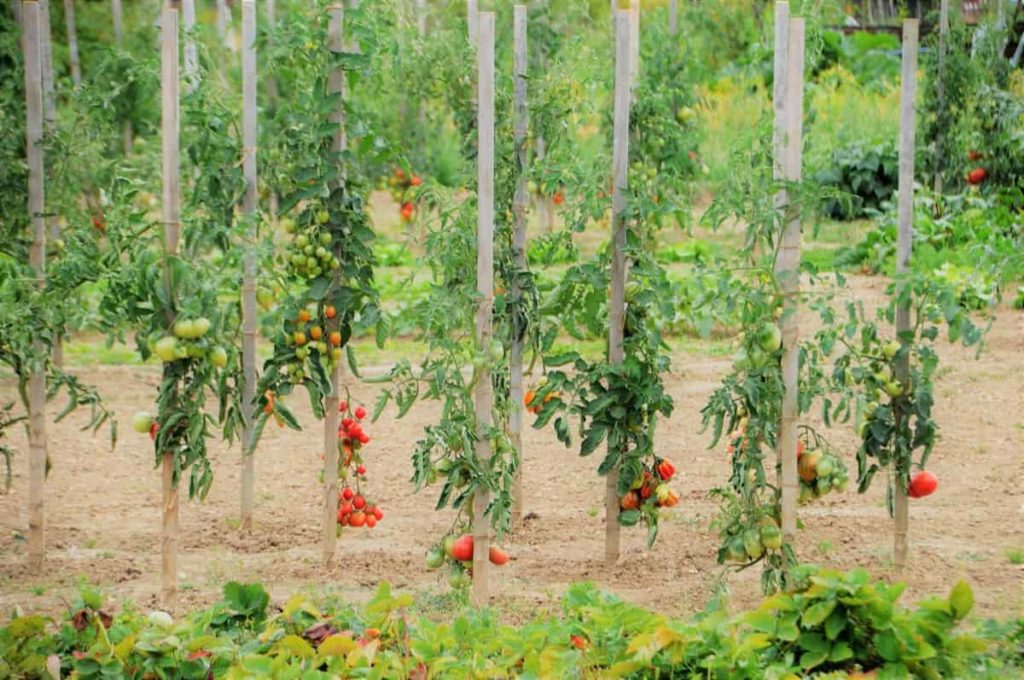
Best fruits to plant in Columbus backyards
The backyards of Columbus, Ohio, are ideal locations for the growth of a wide variety of fruits, including strawberries, blueberries, raspberries, blackberries, pawpaw, apples, pears, plums, cherries, and apricots, amongst others.
In case you missed it: Top 20 Steps To Boost Your Apple Fruit Yield: Fruit Size Increase Tips, and Ideas
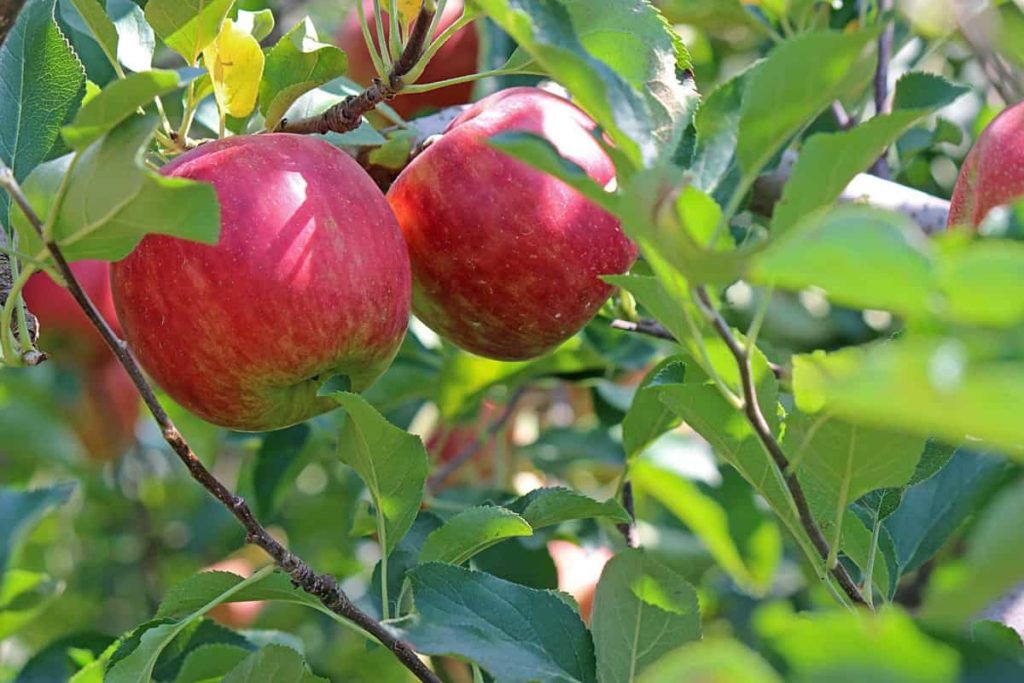
Best flowers to plant in Columbus backyards
The backyards of Columbus, Ohio, are ideal locations for the growth of a wide variety of flowers, including daylilies, blanket flowers, hostas, poppies, peonies, coneflowers, Virginia bluebells, black-eyed Susan, and false blue indigo, amongst others.
In case you missed it: Charlotte Backyard Gardening: How to Start with Vegetables, Fruits, Flowers, and Herbs at Home in North Carolina
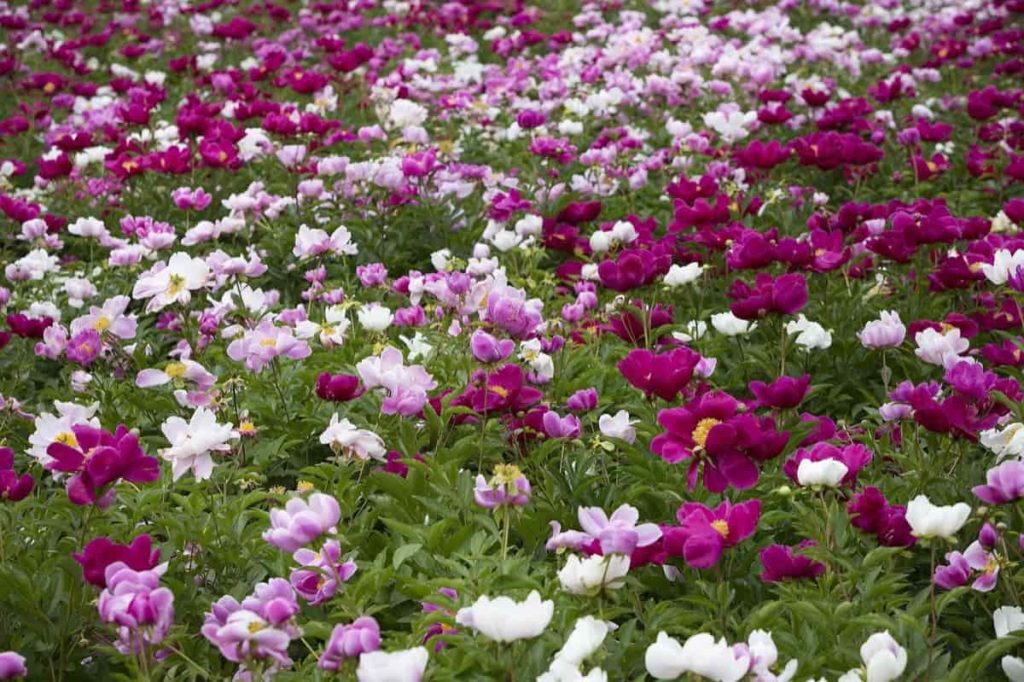
Best herbs to plant in Columbus backyards
The backyards of Columbus, Ohio, are ideal locations for the growth of a wide variety of herbs, including thyme, sage, tarragon, oregano, rosemary, basil, chives, and mint, amongst others.
In case you missed it: Las Vegas Backyard Gardening: How to Start with Vegetables, Fruits, Flowers, and Herbs at Home in Nevada
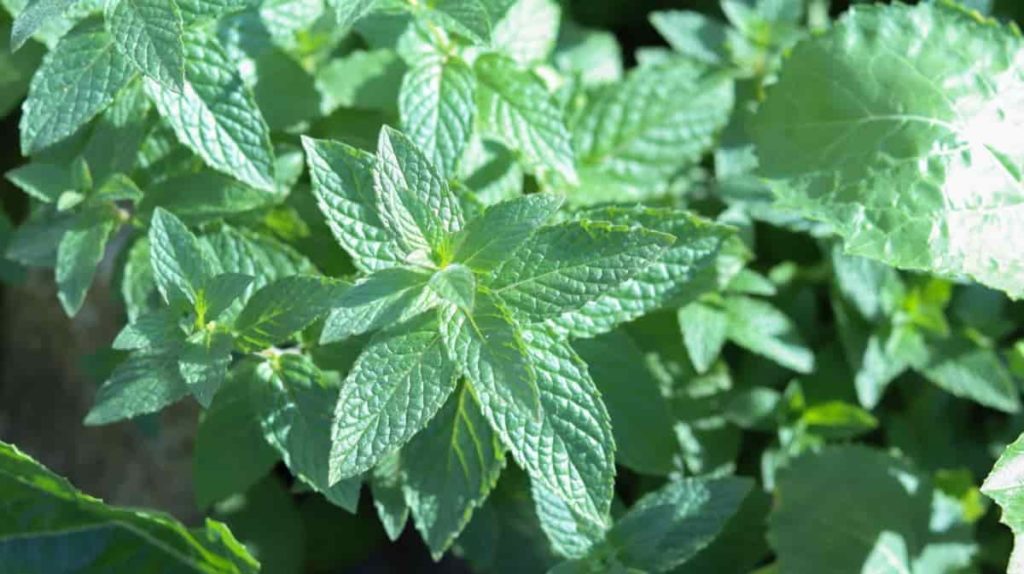
Conclusion
It is essential to wait until the crop has reached the correct stage of maturity before harvesting it; most crops can be harvested several times if only the mature portions are taken. As was discussed, gardening in one’s backyard offers a wide variety of plant species and is a lot of fun. If you are patient with your backyard garden and give it the attention and care it deserves, you will ultimately be rewarded for your efforts.
- Gardening Techniques in Planting Vegetables
- Where to Place Indoor Plants in Your Home
- How to Grow Tomatoes Organically at Home: A Comprehensive Guide
- Organic Gardening on a Budget: Low-Cost Methods and Materials
- Gongura Seed Germination and Planting Methods
- Cabbage Seed Germination and Selection
- Broccoli Seed Germination and Selection
- Asparagus Seed Germination and Variety Selection
- Seasonal Flower Gardening: Best Practices for Spring, Summer, Fall, and Winter
- How to Grow Hibiscus from Flower
- Plantation Ideas for Home Decoration: A Beginners Guide
- Flower Garden Designs and Layouts for Beginners
- Planting and Spacing Techniques in Papaya: A Beginner’s Guide
- Growing Gold: Essential Techniques for Planting Pineapples
- How to Make Kalanchoe Plant Bushy: Home Remedies and Solutions
- 11 Reasons Why Your Gardenia is Not Blooming: Home Remedies and Solutions
- Eco Elegance: The Guide to Designing a Drought-Tolerant Landscape
- Gardening on a Slope: Strategies for Hillside Landscaping
- Nourish and Flourish: Top Organic Mulches for Thriving House Plants
- Everything You Want to Know about Indian Mogra Flower: Discover Uses and Growing
- Green Thumb Success: Expert Tips for Cultivating Greenhouse Pumpkins All Year Round
- Maximize Growth & Flavor: The Ultimate Guide to Companion Planting in Herb Gardens
- How to Control Rhododendron Problems Naturally: Home Remedies and Organic Ways to Fix Them
- Natural Magic: The Remarkable Benefits of Cinnamon for Plants
- Best Steps to Revive Dying Tulip with Natural and Organic Treatment
- 10 Reasons Why Your Angel Trumpet is Not Blooming: Remedies and Treatment
- How to Fix Periwinkle Leaf and Flower-Related Problems: Natural Remedies and Solutions
- How to Fix Zinnias Leaf and Flower Problems: Discover Natural and Home Remedies
- Organic Steps to Induce Lemon Tree Flowers: A Comprehensive Guide
- Bloom Booster: Crafting the Perfect Homemade Bougainvillea Fertilizer
- Optimizing Growth: A Guide to Applying NPK Fertilizer for Potted Plants
- 10 Best Homemade Fertilizers for Rubber Plant: DIY Recipes and Application Method
- How to Boost Female Pumpkin Flowers: Effective Steps for More Flowers and High Yields
- Transform Your Indoor Garden: Top Benefits of Pink Salt for Houseplants
- 10 Best Homemade Fertilizers for Peacock Plants (Calathea): Easy DIY Guide
- Unlock Blooms: 9 Reasons Why Your Potted Chrysanthemum is Not Blooming